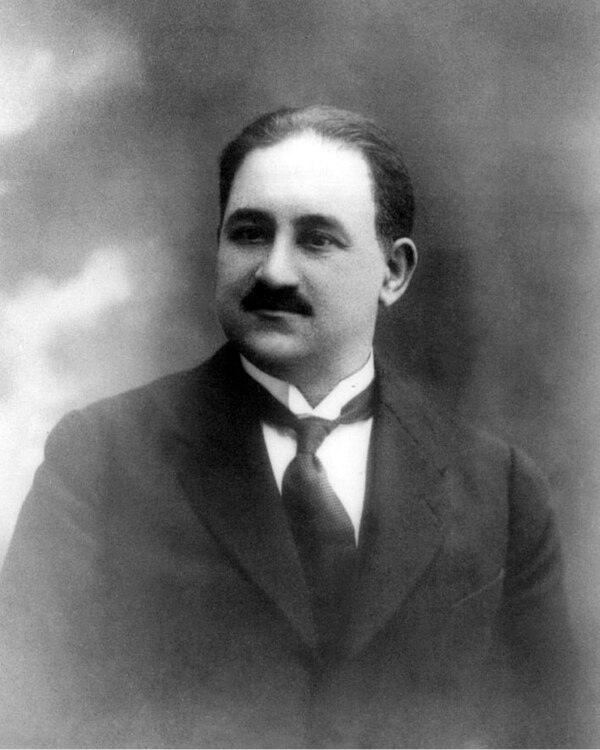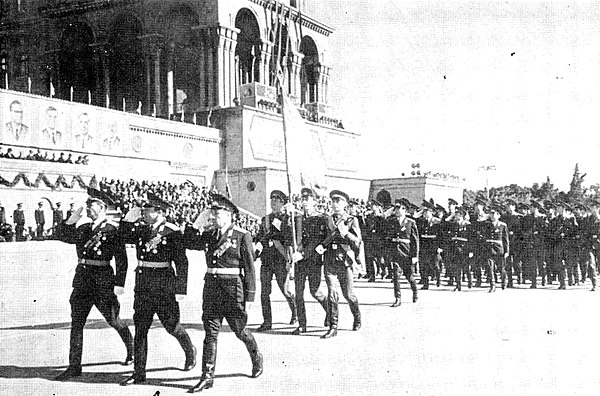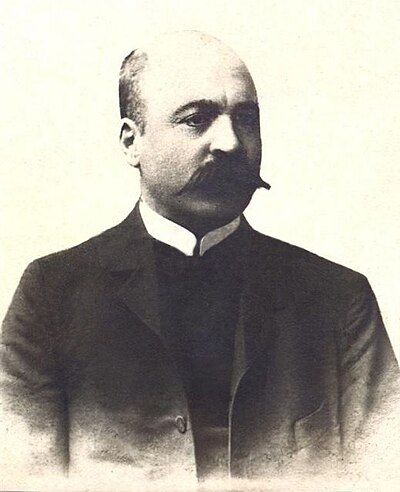As the Arab Caliphate's military and political power waned in the ninth and tenth centuries, several provinces began to assert their independence from the central government. This period saw the emergence of feudal states such as the Shirvanshahs, Shaddadids, Sallarids, and Sajids in the territory of Azerbaijan.
Shirvanshahs(861-1538)
The Shirvanshahs, ruling from 861 to 1538, stand out as one of the Islamic world's most enduring dynasties. The title "Shirvanshah" was historically associated with the rulers of Shirvan, reportedly bestowed by the first Sassanid emperor, Ardashir I. Throughout their history, they oscillated between independence and vassalage under neighboring empires.
By the early 11th century, Shirvan faced threats from Derbent and repelled raids from the Rus’ and Alans in the 1030s. The Mazyadid dynasty eventually gave way to the Kasranids in 1027, who ruled independently until the Seljuk invasions of 1066. Despite acknowledging Seljuk suzerainty, Shirvanshah Fariburz I managed to maintain internal autonomy and even expanded his domain to include Arran, appointing a governor in Ganja in the 1080s. The Shirvan court became a cultural nexus, especially during the 12th century, which drew renowned Persian poets like Khaqani, Nizami Ganjavi, and Falaki Shirvani, fostering a rich period of literary flourishing.
The dynasty saw significant developments starting in 1382 with Ibrahim I, initiating the Darbandi line of the Shirvanshahs. The apex of their influence and prosperity was during the 15th century, notably under the reigns of Khalilullah I (1417–1463) and Farrukh Yasar (1463–1500). However, the dynasty's decline began with Farrukh Yasar's defeat and death at the hands of Safavid leader Ismail I in 1500, leading to the Shirvanshahs becoming Safavid vassals.
Sajid(889–929)
The Sajid dynasty, ruling from 889 or 890 to 929, was one of the significant dynasties in medieval Azerbaijan. Muhammad ibn Abi'l-Saj Diwdad, appointed as the ruler in 889 or 890 by the Abbasid Caliphate, marked the beginning of the Sajid rule. His father had served under key military figures and the Caliphate, earning the governorship of Azerbaijan as a reward for their military services. The weakening of the Abbasid central authority allowed Muhammad to establish a quasi-independent state in Azerbaijan.
Under Muhammad's rule, the Sajid dynasty minted coins in his name and expanded its territory significantly in the South Caucasus, with Maragha as its first capital, later shifting to Barda. His successor, Yusuf ibn Abi'l-Saj, further moved the capital to Ardabil and demolished the walls of Maragha. His tenure was marked by strained relations with the Abbasid caliphate, leading to military confrontations. By 909, after a peace agreement facilitated by the vizier Abu'l-Hasan Ali ibn al-Furat, Yusuf secured recognition from the caliph and a formal governorship of Azerbaijan, which solidified his rule and expanded Sajid influence.
Yusuf's reign was also notable for his actions to secure and strengthen the northern borders of the Sajid domain against Russian incursions from the Volga in 913–914. He repaired the Derbent wall and rebuilt its sea-facing sections. His military campaigns extended into Georgia, where he captured several territories including Kakheti, Ujarma, and Bochorma.
The Sajid dynasty concluded with the last ruler, Deysam ibn Ibrahim, who was defeated in 941 by Marzban ibn Muhammad from Daylam. This defeat marked the end of the Sajid rule and the rise of the Sallarid dynasty with its capital at Ardabil, signifying a significant shift in the region's political landscape.
Sallarid(941-979)
The Sallarid dynasty, established in 941 by Marzuban ibn Muhammad, ruled over Azerbaijan and Iranian Azerbaijan until 979. Marzuban, a descendant of the Musafirid dynasty, initially overthrew his father in Daylam and then expanded his control to key Azerbaijani cities including Ardabil, Tabriz, Barda, and Derbent. Under his leadership, the Shirvanshahs became vassals to the Sallarids, agreeing to pay tribute.
In 943–944, a severe Russian campaign targeted the Caspian region, significantly impacting Barda and shifting regional prominence to Ganja. The Sallarid forces experienced multiple defeats, and Barda suffered under Russian control with substantial looting and ransom demands. However, the Russian occupation was disrupted by an outbreak of dysentery, allowing Marzuban to retake control after they retreated.
Despite initial successes, Marzuban's capture in 948 by Rukn al-Dawla, the ruler of Hamadan, marked a turning point. His imprisonment led to internal strife among his family and other regional powers like the Rawadids and Shaddadids, who seized opportunities to assert control in areas around Tabriz and Dvin.
Leadership passed to Ibrahim, Marzuban’s youngest son, who ruled Dvin from 957 to 979 and intermittently controlled Azerbaijan until his second term ended in 979. He managed to reaffirm Sallarid authority over Shirvan and Darband. By 971, the Sallarids recognized the ascendancy of the Shaddadids in Ganja, reflecting shifting power dynamics. Ultimately, the Sallarid dynasty's influence waned, and they were assimilated by the Seljuk Turks by the end of the 11th century.
Shaddadids(951-1199)
The Shaddadids were a prominent Muslim dynasty that governed the region between the Kura and Araxes rivers from 951 to 1199 CE. Muhammad ibn Shaddad founded the dynasty by capitalizing on the weakening Sallarid dynasty to seize control of Dvin, thereby establishing his rule which expanded to include major cities such as Barda and Ganja.
During the late 960s, the Shaddadids, under Laskari ibn Muhammad and his brother Fadl ibn Muhammad, further fortified their position by capturing Ganja and ending Musafirid influence in Arran in 971. Fadl ibn Muhammad, ruling from 985 to 1031, was instrumental in expanding the Shaddadid territories, notably by constructing the Khodaafarin Bridges over the Aras River to connect the northern and southern banks.
The Shaddadids faced numerous challenges, including a significant attack by Russian forces in 1030. During this period, internal strife also occurred, such as the rebellion by Fadl I's son Askuya in Beylagan, which was quelled with Russian assistance arranged by Fadl I's other son, Musa.
The pinnacle of the Shaddadid era came under Abulaswar Shavur, considered the last independent ruling Shaddadid emir. His rule was noted for stability and strategic alliances, including recognition of the Seljuk sultan Togrul's authority and collaboration with Tbilisi against Byzantine and Alan threats.
However, after Shavur's death in 1067, Shaddadid power waned. Fadl III briefly continued the dynasty's rule until 1073, when Alp Arslan of the Seljuq Empire annexed the remaining Shaddadid territories in 1075, distributing them as fiefs to his followers. This effectively ended the Shaddadids' independent rule, though a branch continued as vassals in the Ani emirate under Seljuq overlordship.


































